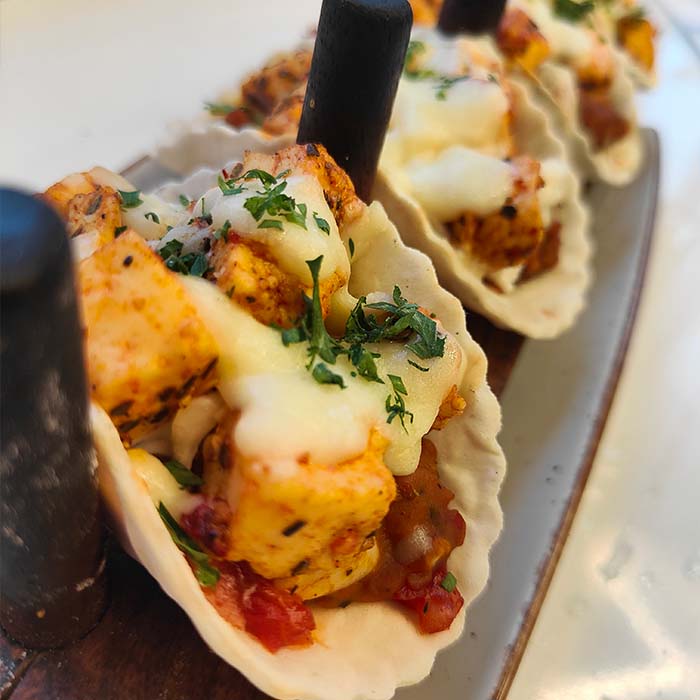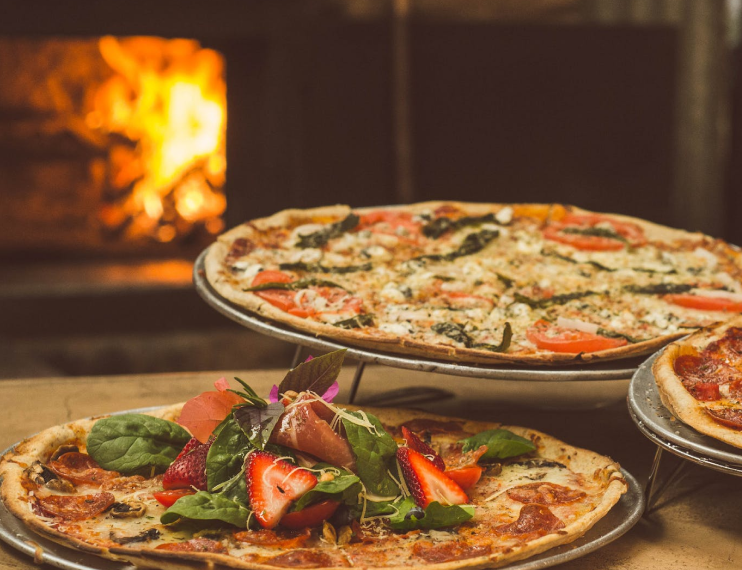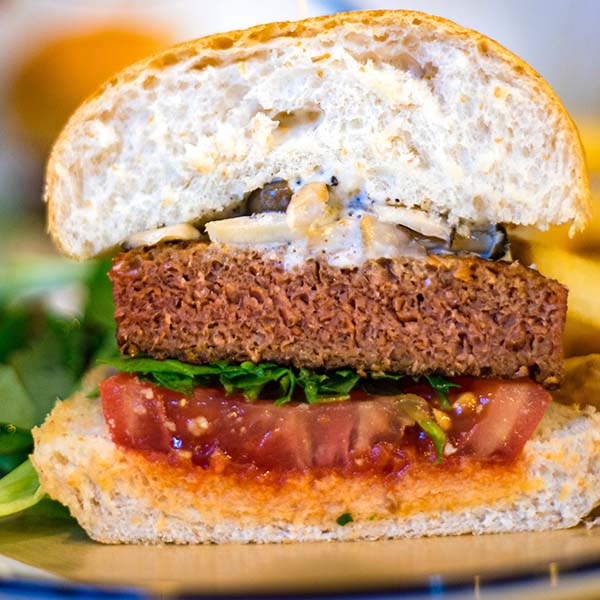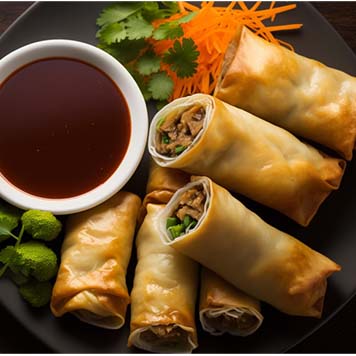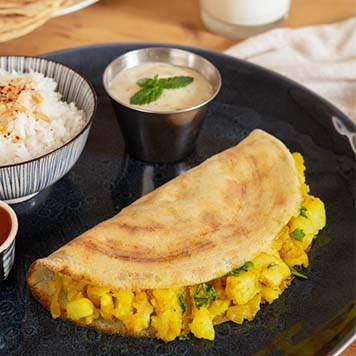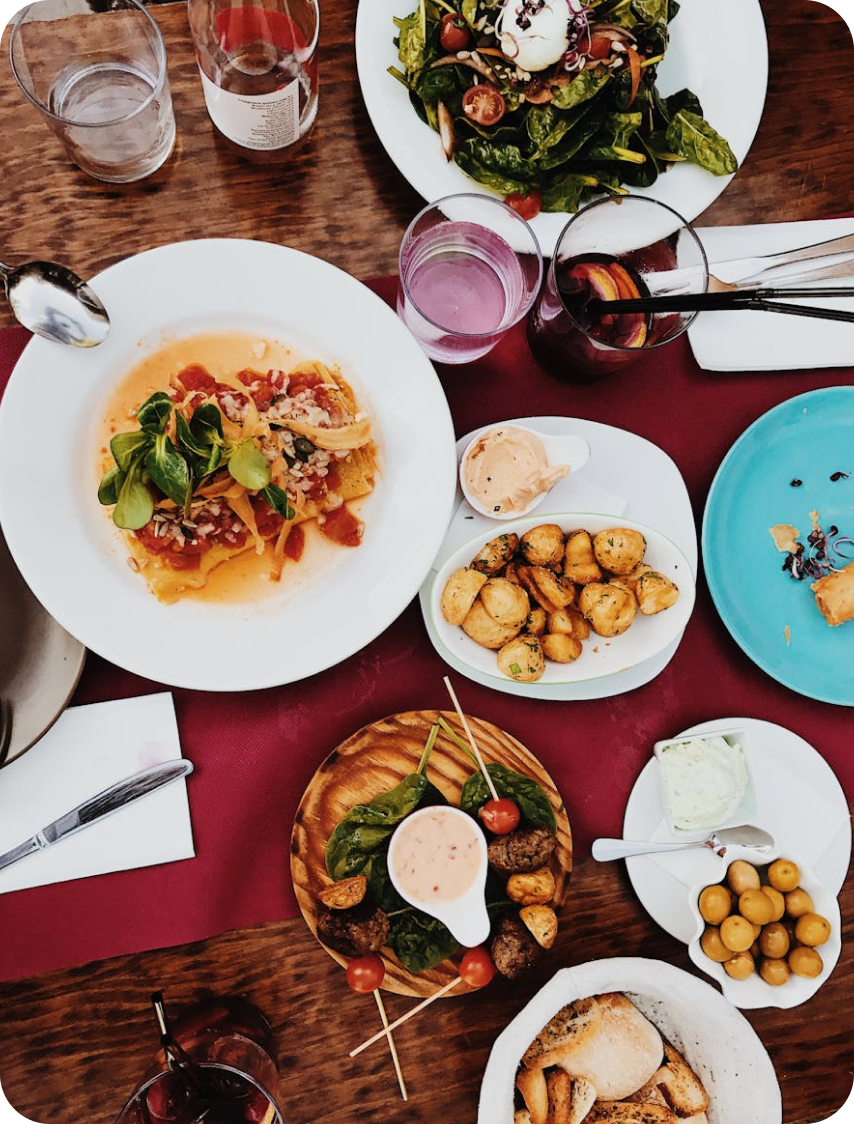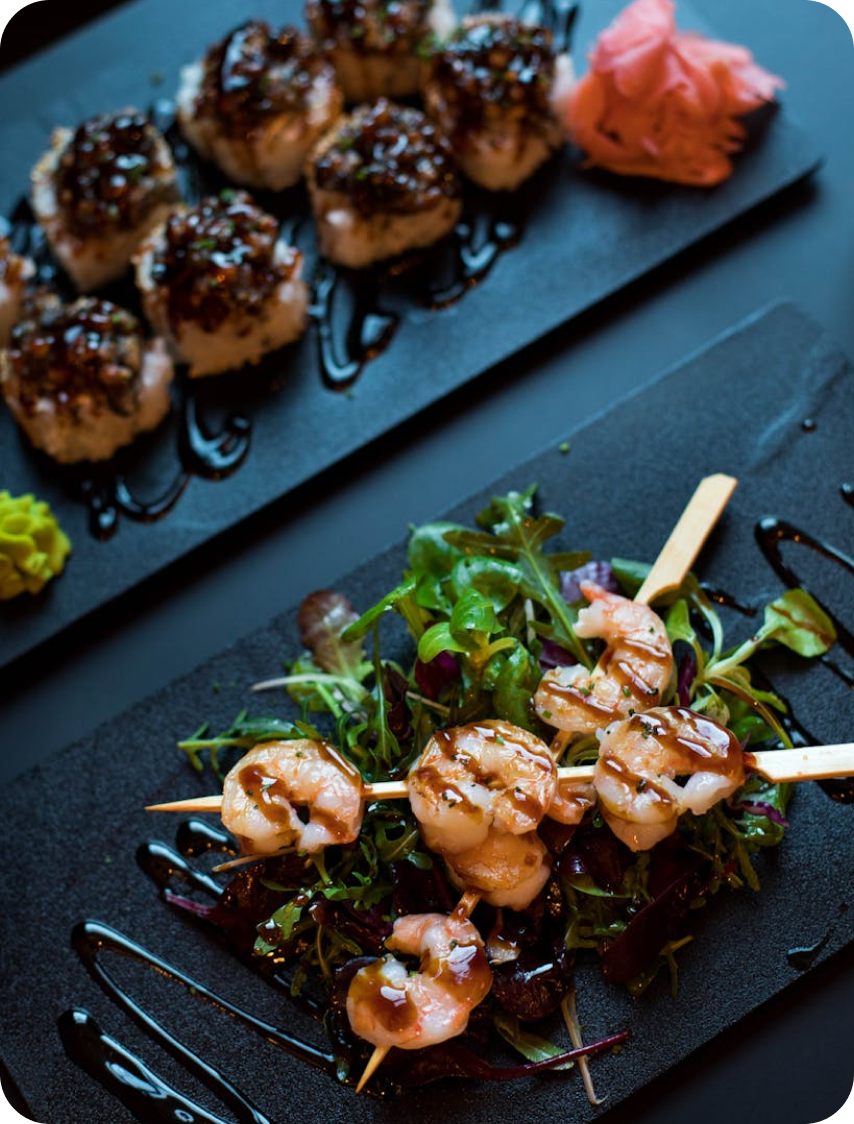Biryani Delivery in Bangalore
Dish Description & History
Biryani is what people mean when they say “I want a solution.” It’s one dish that transcends cultures and borders. It’s brought people together to appreciate a meal that is simple and yet grand. This dish is built around a lot of cultures and while no one culture can be tracked entirely, it’s accepted by everyone all the same. This dish is traditionally made with basmati rice and uses tender meat. There’s a hearty portion of spices added to the dish to give it that layered flavour profile. This is a dish with a deep legacy that tells a story of tradition and culinary artistry.
The origins of biryani are usually traced back to Persia, the name itself derived from the Persian term ‘birian’ which means fried before cooking and ‘birinj’ meaning rice. It’s thanks to the Mughals who brought it to India where the dish took a twirl in the culinary landscape. Biryani travelled from North India to down South and found unique versions of itself. Regional ingredients and cooking techniques created a beautiful transition.
Varieties & Regional Differences
Biryani’s charm lies in its regional adaptations, each version a reflection of local ingredients and traditions. Here are some iconic varieties worth mentioning :
Hyderabadi Biryani
This is a spicy variant of the biryani which is prepared in two ways - one where the meat is slow cooked with the rice and another where the meat is pre-cooked and added in. This biryani truly tests one’s spice tolerance and is a flavourful explosion of flavours.
Lucknowi Biryani
This is the biryani that’s the closest to how it was served to the royals back in the day. It upholds the integrity of the lucknowi cuisine with pride. The rice and meat are each cooked separately and then layered. It brings out a dish that is both aromatic and spiced. The rose water that’s added also brings a unique type of aroma. This is truly a meal served to the kings, it’s abundantly flavourful and satisfying.
Kolkata Biryani
This biryani makes adds some potatoes and boiled eggs to go with the spiced meat. There’s a certain sweetness to it and the use of extra cinnamon and cloves makes it stand out. The aromatic spices and the style of cooking are what set it apart. Kolkata is home to a lot of fascinating food and the biryani here upholds that name.
Malabar Biryani
Made in Kerala’s coastal this biryani uses short-grain rice, which grows in Malabar. It also uses coconut oil, fried onions and curry leaves. The biryani has a gravy layer and the rice is seemingly less seasoned. It’s served with side dishes that bring it all together in a balanced way. Often seafood is also incorporated into the biryani.
Dindigul Biryani
This is a biryani from Tamil Nadu, it’s tangy and spicy in equal parts. They use seeraga samba rice, a much smaller rice. They do cook this one after marinating it in curd and seasonings. It’s got a zesty punch to it.
Each variety showcases the adaptability of biryani, making it a dish that can be endlessly explored and enjoyed.
Selection & Ordering Guide
When picking the perfect biryani, consider your preferences and the occasion. Here are some tips to help you make the right choice:
1. Protein:
Choose from a range of meat options, including chicken, mutton, seafood, or vegetarian. Malabar biryani is ideal for seafood lovers, while Dindigul and Hyderabadi biryanis are the better options for meat enthusiasts.
2. Spice Level:
If you enjoy bold and spicy flavours, opt for Hyderabadi or Dindigul biryani. For a milder experience, go for Lucknowi or Kolkata biryani.
3. Side Dishes:
Pair your biryani with cooling raita, spicy salan, or tangy pickles to enhance the meal. They provide the right balance to your taste buds and tummy.
4. Portions:
Biryani is often served in generous portions, so it’s perfect for sharing or packing leftovers for later. A biryani is often made to be a communal meal so you never have to worry about the portion size.
For convenience, use HOGR’s food delivery feature to order biryani from top-rated restaurants in your area. With real-time reviews, videos, and ratings from fellow food lovers, HOGR ensures you get the best biryani experience delivered right to your doorstep.
Restaurant Recommendations in Bangalore
Bangalore is home to a vibrant biryani culture, offering everything from authentic Hyderabadi dum biryani to local adaptations. Here are some must-try spots:
1. Salt Mango tree
A place for authentic Keralan cuisine, Salt Mango Tree has amazing biryani served here. They use a terracotta vessel to cook the biryani which makes sure that the heat travels evenly. The rice is cooked perfectly and the meat is tender. They don’t hold back with their sides, you’ll find papadam, pickle, raita and some chutney. It’s a hearty meal and won’t leave you feeling too full.
2. Meghana Foods
Meghana's biryani is known around the city for hitting the spot just right. They bring the fire of the Andhra-style biryani to the people of Bangalore. The boneless chicken biryani is how people celebrate their weekend in the rush of the city.
3. Nagarjuna
Nagarjuna serves hearty Andhra meals and is a crowd favourite. The biryani here is aromatic and has some bold flavours that aren’t for the spice-intolerant. It goes perfectly with their chilli chicken and brings out a memorable meal.
4. Mangalore Pearl
For the seafood lovers out there, Mangalore pearl is your safe haven. THe biryani here is loaded with fish and prawns. The Malabar biryani here is a must-try for those who don’t eat seafood.
5. Empire Restaurant
A favourite for those who like to stay up late and still need a fulfilling meal, Empire is the saviour. Their biryani hits home and is very affordable as well. The chicken and mutton biryani buckets are a popular choice during group dining or family outings.
Use the HOGR app to explore these restaurants, watch videos of their biryanis being served, and place an order for delivery or eating out.
Health & Dietary Information
Biryani, while indulgent, can be enjoyed responsibly by making mindful choices:
• Caloric Content: Traditional biryanis are calorie-dense due to the abundant use of ghee and oil. Opt for smaller portions or share a serving to ensure that you don’t overeat. Add in vegetables and fibre-rich sides to help digest better.
• Protein Choices: Eating chicken or seafood biryanis might be easier on your system when compared to mutton. Vegetarian biryani is also a good option which doesn’t compromise on flavour.
• Rice Selection: Basmati rice, commonly used in biryani, has a lower glycemic index than other rice varieties, making it a healthier choice for managing blood sugar levels.
• Customizable Orders:Many restaurants are very accommodating to requests and can adjust spice levels, reduce oil, or offer gluten-free and dairy-free versions upon request.
With its balance of carbs, protein, and spices, biryani can be part of a wholesome meal when enjoyed in moderation. While it’s addictive, remember to get your greens in while indulging in a biryani. Let HOGR, help you discover the best options that suit your dietary needs and preferences!
FAQ'S
What types of cuisine can I expect to find in Indian restaurants?
Indian cuisine is incredibly diverse, with each region of the country having its own unique dishes and cooking styles. You can expect to find everything from spicy curries and biryanis to savory dosas and thalis.
What is the average cost of a meal at a restaurant in India?
The cost of a meal at a restaurant in India can vary widely depending on the type of establishment and the location. A budget restaurant may offer a meal for as little as 100-200 rupees, while a high-end restaurant can charge upwards of 2000-3000 rupees per person.
Are vegetarian options available in Indian restaurants?
Yes, vegetarian options are widely available in Indian restaurants. In fact, many Indian cuisines are vegetarian-friendly, with dishes made from lentils, vegetables, and dairy products.
Can I find alcohol in Indian restaurants?
Alcohol is available in some restaurants in India, but it is not widely consumed due to cultural and religious factors. Some restaurants may also have restrictions on serving alcohol depending on their location and license.
Is it customary to leave a tip in Indian restaurants?
Tipping is not mandatory in India, but it is appreciated for good service. It is generally expected to leave a tip of 10-15% of the total bill amount.
What are the dining hours in Indian restaurants?
Dining hours can vary widely depending on the type of restaurant and the location. Generally, restaurants are open from 11 am to 11 pm, but some may close earlier or stay open later depending on the demand.
Is it necessary to make a reservation at Indian restaurants?
It is recommended to make a reservation at high-end or popular restaurants in India to avoid waiting in line. However, many budget restaurants do not accept reservations and operate on a first-come, first-served basis.
Can I pay for my meal using credit or debit cards?
Most restaurants in India accept credit and debit cards, but it is always a good idea to carry some cash as well, especially in smaller towns and rural areas where electronic payment options may not be available.
 Discover
Discover
 Cuisines
Cuisines
 Popular Dishes
Popular Dishes
 Special Diets
Special Diets







